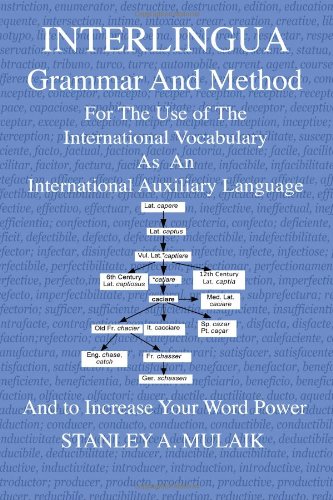Everything You Need To Learn Constructed Languages
Constructed languages (conlangs) are languages which were invented by one person (or a small group of people).
Some conlangs have been used only by their creator, but many have actually been developed enough to be used as a mode of international communication. Some of the most well-known constructed languages are those created for use in fantasy worlds (e.g., Elvish and Klingon).
The most notable constructed language is Esperanto, which was developed in the late 19th century to promote world peace. Due to the scope of Esperanto, we decided it deserved its own list. Check out Everything You Need To Learn Esperanto.
This list contains links to resources for a select few constructed languages, the ones you’ve probably heard of. As you might expect, materials for learning them are scarce, because, unlike Esperanto, they aren’t living languages used daily, so there aren’t communities actively working to develop resources.
Klingon Books
Klingon is the famous language developed by Marc Okrand for the Star Trek franchise. Despite its use in the fictional world of television, Klingon has a small number of dedicated speakers, most of whom are “Trekkies”.
The Star Trek fandom’s passion for the language likely led to the development of learning materials, and even famous works translated into Klingon, some of which you’ll find below.
Anyone interested in learning this intriguing language has more than enough material to help them, including a Klingon dictionary, original Klingon fiction, and even a Shakespeare play translated into Klingon!
Toki Pona Books
Toki Pona is a “linguistic minimalist” language, which was developed by Professor Sonja Lang in 2001.
In terms of language structure, Toki Pona is very straightforward. The entire language consists of about 125 words, and is thus one of the easiest and quickest languages to learn.
This simplicity, however, does not mean that the language lacks depth. For communication purposes, Toki Pona does a pretty good job, and provides the user an opportunity to think about their words more carefully.
The difficulty of learning it comes from the lack of resources available. As you’d expect from a language with such a limited vocabulary, learners can’t rely on many of the materials that are available in natural languages, i.e. fiction, media, music etc.
That said, thanks to the dedicated work of the small Toki Pona community, there are a handful of books available, including a full Toki Pona dictionary, and some Toki Pona short stories written for learners.
Volapük Books
Volapük is a constructed language developed in 1879. It was the first “artificial” language to gain wider acceptance, and was designed to be an international language.
Although it never really took off in the way that Esperanto did, and hardly anyone uses it today, there are still small communities of people who speak and study it.
Unfortunately for anyone hoping to learn it, you won’t find much in the way of resources, beyond Volapük dictionaries or grammar books. No literature or media exist, at least nothing that’s easily accessible.
We’ve gathered together whatever we could find, and hopefully this should be enough to give you a good start with the language.
Books for Tolkien’s Middle-Earth Languages
Tolkien, author of The Lord of the Rings, created a number of languages for his Middle-Earth stories, and the depth of invented vocabulary is truly impressive.
Of course, it’s not easy to find resources for learning these languages, because they are fictional and used only within the worlds Tolkien created. Even so, there are a few things around – Elvish and Sindarin dictionaries, to name a few.
Other Constructed Language Books
Here you’ll find a handful of books on other, less well-known constructed languages, including Lojban and Interlingua, and even a fun and exciting workbook for you to create your own language from scratch.
























